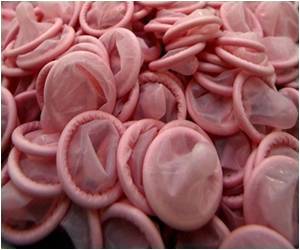It was surprising for the participants to see that they frequently contaminated themselves during personal protective equipment removal, said Dr. Curtis J. Donskey.

"It was surprising for the participants in the study to see that they frequently contaminated themselves during (personal protective equipment) removal," said senior author Dr. Curtis J. Donskey of the Cleveland Veterans Affairs Medical Center.
Contaminated personnel can also spread pathogens to other people.
The study also noted whether health care professionals had used proper protective equipment technique. For example, wearing gloves extended over the wrists of the gown, gown removed first by pulling away from the neck and body, and gloves removed second.
Contamination happened 70% of the time when proper technique was not followed, compared to 30% of the time when it was followed.
"When dealing with pathogens that are potentially fatal, the goal has to be zero contamination. In routine care settings, we would like personnel to be well trained and confident that they can minimize contamination, but would not insist on zero contamination," Donskey said.
Advertisement
Source-Medindia













